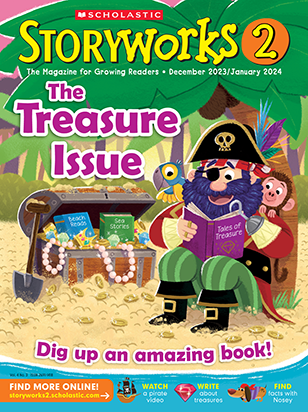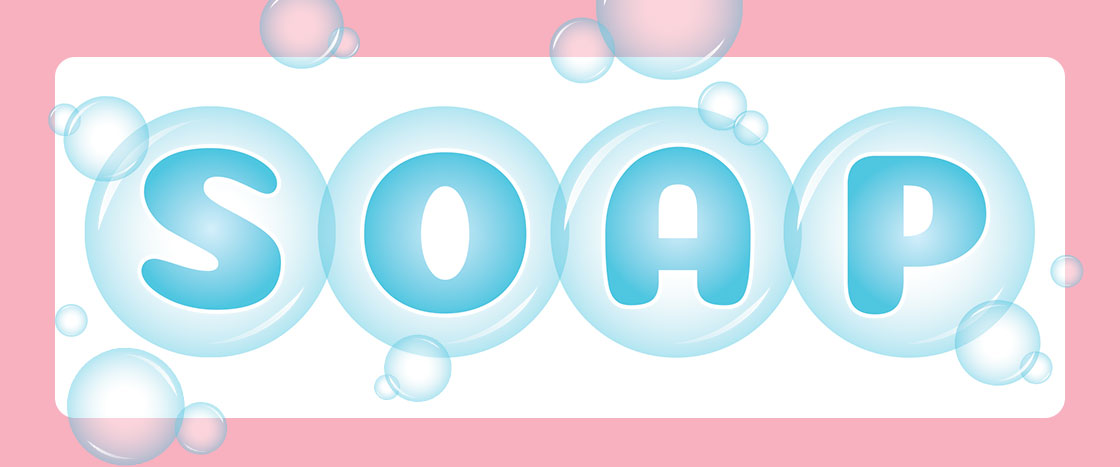- Now tell students they are going to read an article about how soap was made long ago and how it is made today. Students can read the article individually, in small groups, or as a whole class.
Assessment: Quiz (10 minutes)
- Pass out the quiz to assess comprehension.
- We offer this quiz in multiple-choice and written-answer formats.
ELA Focus: Nonfiction Text Features (20 minutes)
- This piece is packed with nonfiction text features. Kids can do our Nonfiction Text Feature Hunt skills page either online or on a printed copy.
ELA Focus: Writing
- Using the “Write an Ad!” printable, kids can write their own advertisements for soap using details they learned from the article.
Whole Issue Scavenger Hunt (20 minutes)
We created a scavenger hunt for several stories in this month’s Storyworks 2, including this nonfiction piece. The scavenger hunt can be done by students independently at home or during class time.
This is a self-contained group of slides that guide your students on a scavenger hunt through the whole issue. It’s not only fun, it also helps them make text-to-text connections.
To find it, look in your Resources section. Scroll down to Activities. You will see it there.To find it, look in your Resources section. Scroll down to Activities. You will see it there.

